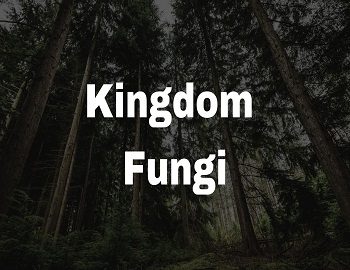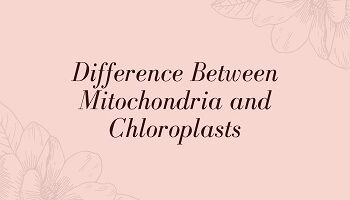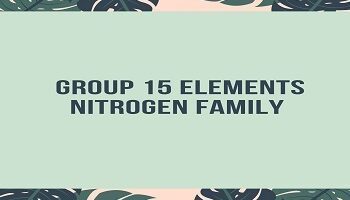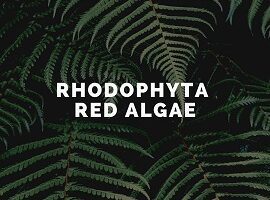Table of Contents
Kingdom Fungi: Important Characteristics
- It is the kingdom of multicellular or multinucleate achlorophyllous and spore-producing eukaryotic organisms like Rhizopus, rusts, mildews, mushrooms, bracket fungi, morels, etc. except yeast.
- The body of a fungus is called mycelium. It is made of a number of filaments called hyphae (singular-hypha).
- Hyphae are multicellular or multinucleate. Cells are dikaryotic in higher fungi. They are uninucleate and multinucleate in lower forms.
- Tissues are poorly developed.
- The fungal wall contains chitin or fungus cellulose. True cellulose is also present in a few cases.
- Parasitic fungi cause diseases in plants and animals.
Kingdom Fungi is divided into the following classes:
- Ascomycetes (Ascus- sac, mycete- fungus).
- Basidiomycetes.
- Phycomycetes or Zygomycetes.
Characteristics of Ascomycetes:
- They are sac-like haploid fungi with septate hyphae. Septa are porus through which the nucleus and cytoplasm can move.
- They produce spores in chain exogenously on the special hyphae called conidiophores during asexual reproduction and are called conidia. Conidia on germination produce mycelium. Asexual reproduction in yeasts occurs by budding.
- The sac-like ascus is formed by the fusion of two type hyphae. The two haploid nuclei of opposite hyphae fuse together and form the diploid ascus.
- The eight ascospores are formed in the ascus by the process of meiosis during sexual reproduction.
- In some ascomycetes (cup fungi and edible morels), many asci are borne in a fruiting body called ascocarp.
Examples: Saccharomyces cerevisiae (yeast), Claviceps (Ergot), Penicillium, Neurospora, and Aspergillus, etc.
Characteristics of Basidiomycetes:
Basidiomycetes grow in soil, on logs and tree stumps, and in living plant bodies as parasites. Example- rusts and smuts. The mycelium is branched and septate septa are perforated. The asexual spores are not found generally. Basidiomycetes are club-shaped fungi. The sex organs are absent but plasmogamy is brought about by the fusion of two vegetative or somatic cells of different strains. The resultant structure is dikaryotic which form cup-shaped basidium during the process of sexual reproduction. Each basidium undergoes karyogamy and meiosis and produces four haploid spores (basidiospores) exogenously at its tip. The basidia are arranged in fruiting bodies called basidiocarp. They are the best decomposers of wood materials.
Examples– Mushrooms (Agaricus campestris), toadstools, puffballs Ustilago (Smut) and Puccinia (Rust fungus), and bracket fungi. Amanita is one of the poisonous fungi.
Characteristics of Phycomycetes or Zygomycetes:
- They are heterotrophic (mainly saprophytic) terrestrial fungi. They may occur on decaying wood in moist and damp places or on plants as obligate parasites.
- The cell wall is made up of fungal cellulose or chitin.
- Asexual reproduction takes place by zoospore (motile) or by aplanospores (coenocytic). These spores (sporangiospores) are borne within the sporangia at the tip of sporangiophores.
- Sexual reproduction occurs by the method of conjugation. During this, a resting diploid zygospore is produced.
- Zygospore does not give rise to new mycelium directly but it produces a new sporangium called germ sporangium.
Examples– Rhizopus (Bread mould), Albugo, Phytophthora and Mucor etc.









Comments (No)